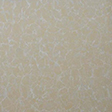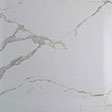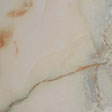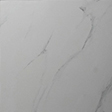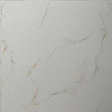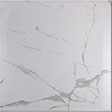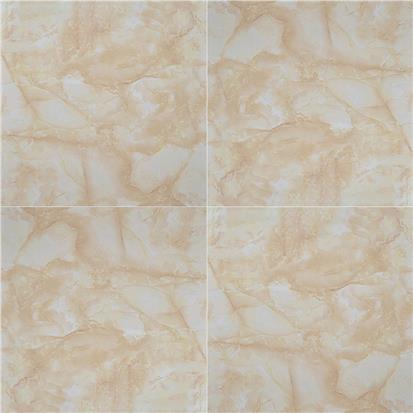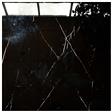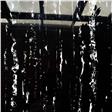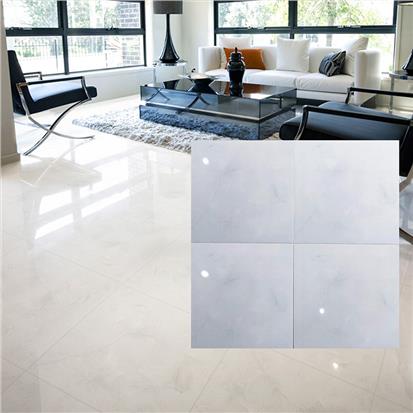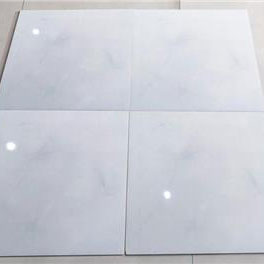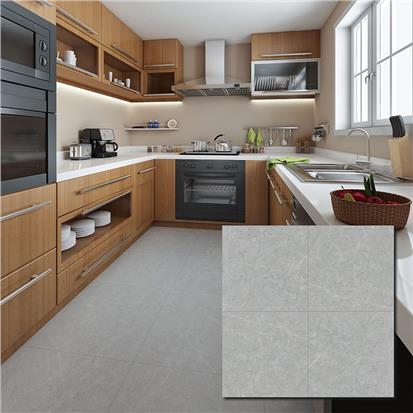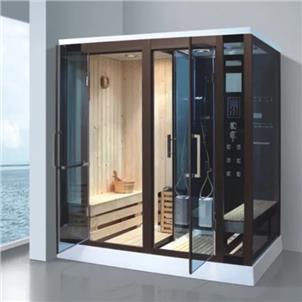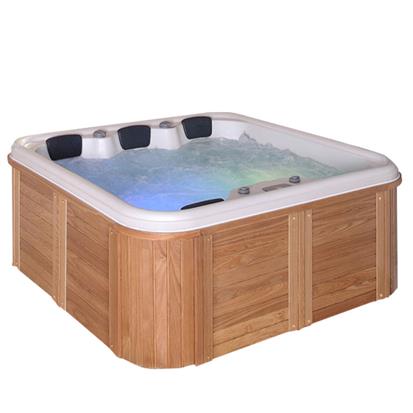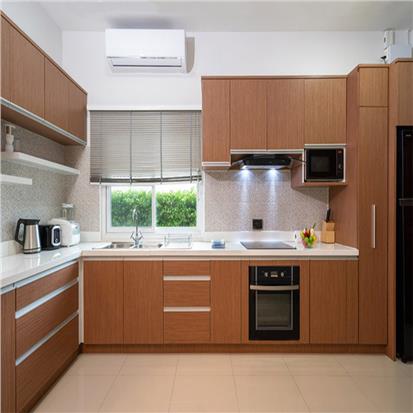After the decoration of the new house, the following problem is: how to remove formaldehyde. Especially the friends who have children at home are more worried about the problem that the formaldehyde in the new house exceeds the standard. Formaldehyde is a well-known pollutant. There are a variety of formaldehyde methods on the market, and it is difficult for many people to judge the effectiveness. We are going to show you the best way to remove formaldehyde!

How To Get Rid Of Formaldehyde - Best Formaldehyde Removal Guide
Formaldehyde is a colorless and pungent gas with strong volatility. The chemical formula HCHO or ch‹o is slightly heavier than that in air. Formaldehyde in the air generally accumulates at a height of 0.8-1.5m. It will stimulate people's eyes and respiratory mucosa, cause tears, throat pain, sneezing, coughing, dyspnea, and other symptoms, and induce asthma. The international agency for research on cancer of the World Health Organization classified formaldehyde as a class of carcinogens. When the indoor air formaldehyde concentration reaches 0.06-0.07mg/m ³ Children will develop mild asthma; Up to 0.1mg/m ³ When, there will be peculiar smell and discomfort; Up to 0.5mg/m ³ It can irritate eyes and cause tears; Up to 0.6mg/m ³, May cause throat discomfort or pain. When the concentration is higher, it can cause nausea and vomiting, cough, chest tightness, asthma and even pulmonary edema; Up to 30mg/m ³ will immediately cause death.
How to remove formaldehyde
1.Reduce pollution sources.
Environmental protection materials shall be used for decoration, and the decoration furniture materials shall be reduced.
2. Ventilation (most effective)
At present, there are three common ventilation methods:
1) Opening windows for ventilation: studies have shown that when windows are opened for ventilation for 10 minutes in good ventilation, the concentration of formaldehyde in indoor air can be reduced by about 70% ~ 90%.
Some people say that it is necessary to close the doors and windows for several hours before opening the windows for ventilation under the conditions of high temperature and humidity (in summer or with the air conditioner on), which helps to maintain high temperature and humidity and release formaldehyde. But the actual effect of this method is not ideal. Some people have done experiments at 25 ℃ and 32 ℃. The release rate of closed formaldehyde in the first 0-3 hours of the closed release method is high, and the later rate is greatly reduced to 0, while the release rate of the ventilation method has remained stable at a high level. Because the higher the indoor formaldehyde concentration is, the more unfavorable it is for formaldehyde release. Being stuffy will keep the indoor formaldehyde concentration at a high level. This is also mentioned in the previous release influencing factors.
It is suggested that natural ventilation should be adopted in any season. In nonheating areas in winter, because the temperature is too low and the formaldehyde emission effect is poor due to the opening of windows, it may be better to adopt the "closed method", but the experimental data have not been found yet, so I think ventilation is the most simple and effective.
(for expansion, some people say that long-term ventilation is not allowed after decoration. The wall tile paint and plaster top will crack, and windows can be opened regularly for ventilation for a few hours. For details, consult the decoration company. In addition, after the wall latex paint is completely dried and finalized, use an industrial fan to blow it against the ground. Because the formaldehyde molecule is heavier than air, some parts close to the ground will be difficult to be taken away by natural wind.)
2) Fresh air system: the outdoor air is purified by the fresh air fan and then led into the room to achieve the purpose of indoor and outdoor air exchange, which is equivalent to the optimized version of windowing ventilation. When windows are opened and ventilated well since most of the formaldehyde is taken away by natural wind, the effect of fresh air fan is not obvious in this case, but it is obvious when doors and windows are closed (there are many cases when windows are closed at home, such as turning on air conditioning in winter and summer, sleeping at night, etc., and it is recommended to install it if possible).
3) Air purifier: the machine inhales air, the filter screen inside the machine intercepts and adsorbs pollutants in the air, and discharges the purified air indoors. The effect is better when the doors and windows are closed. Different from the fresh air fan, the air purifier cannot pass the external fresh air into the room. It can only input the existing air into the room again after purification. Air purifiers are a good choice for families that cannot install fresh air fans.
It should be noted that some people say that air purifiers cannot remove formaldehyde, because most of the air purifiers on the market mainly remove PM2.5, and there are few effective formaldehyde removal. If you choose air purification for formaldehyde removal, it is recommended to use a professional formaldehyde removal air purifier, preferably with PM2.5 and formaldehyde digital display, so that you can visually see the filtering effect and feel more relieved when using it. Strictly speaking, air purification to remove formaldehyde belongs to the adsorption method. Its purification effective component is high-efficiency activated carbon, which is very different from the activated carbon package. In addition, air purification can actively absorb the polluted air, so it can effectively remove formaldehyde.
3. Adsorption method (weak effect)
1) Activated carbon package: mainly physical adsorption (a small amount of chemical adsorption), large specific surface area, and porosity are the basis of adsorption, and the physical adsorption force between activated carbon and pollutant molecules is van der Waals force.
However, the adsorption capacity of activated carbon is weak, because it can only passively adsorb formaldehyde in the surrounding small area; Second, it does not specifically aim at formaldehyde adsorption, but also adsorbs other pollutants and odors at the same time, so it will soon be saturated; Third, the stability of physical adsorption is poor, and it is easy to release formaldehyde again when the temperature, humidity, pressure and other conditions change; Fourth, formaldehyde will be released again after the adsorption is saturated.
Therefore, it is recommended that the activated carbon bag is mainly used for odor removal in dead corner areas (closed cabinets, etc.) or toilets, and the recommended amount of activated carbon per unit volume of space is 8g/m ³, However, the reliability of this data is not guaranteed), and it shall be replaced after the adsorption is saturated (some experimental data show that the adsorption of activated carbon is saturated within 5 hours, but the reliability of this data is not guaranteed. It is determined that the saturated activated carbon cannot be recovered due to high temperature exposure and other household conditions, so a new activated carbon is required)
2) Plants: the principle of removal is partly adsorption, and partly the synthesis of nutrients by absorbing formaldehyde out of the defense mechanism; However, the effects of both are very weak, lower than activated carbon, and beyond its capacity, it will cause damage to plants.
3) Diatom mud: the principle of formaldehyde removal is similar to that of activated carbon, and physical adsorption (a small amount of chemical adsorption) is the main one. The disadvantages are the same, mainly including adsorption saturation and re-release of environmental changes (but it is possible to adjust humidity, and diatom mud also needs glue on the wall).
Some people will apply a layer of photocatalyst on the surface of diatom mud, which is equivalent to the role of photocatalyst, and the effect is still weak (photocatalyst will be discussed below).
4. Chemical purification method
The purification of chemical agents mainly includes the decomposition of formaldehyde or sealing of formaldehyde. The former can remove the formaldehyde that has been released into the air and cannot absorb the formaldehyde reaction inside the furniture, unless it is sprayed continuously during the 3-15 year release period. The latter only seals the formaldehyde to prevent its volatilization. With the aging and falling off of the material, the formaldehyde will still be released slowly. The details are as follows:
1) Photocatalyst:
Photocatalyst is mainly decomposed in early-stage and closed in the late stage. The main component is nano-sized titanium dioxide, which is a catalyst that catalyzes the water or oxygen in the air into active groups with strong oxidation ability under ultraviolet light. These active groups can effectively decompose various organic compounds and some inorganic substances with unstable chemical bonds, and can destroy the bacterial cell membrane and the protein carrier for virus solidification, including formaldehyde (react with formaldehyde to produce water, carbon dioxide and other harmless substances).
This method is used by many formaldehyde removal companies. Spray a layer of photocatalyst on the surface of furniture such as cabinets.
However, this method has good effect in industrial scenes, but poor effect in families. Because the experiment shows that sufficient ultraviolet intensity and suitable indoor chemical pollutant concentration are required to achieve good formaldehyde removal effect (the effect is poor when the concentration is above the safety standard concentration). The actual ultraviolet intensity of the light at home is low, and if the indoor pollution concentration is high, the effect can be imagined.
The photocatalysts that claim to be able to remove formaldehyde with visible light are those that add elements such as silver, copper or iron to titanium dioxide, which can use blue light or even some green light to decompose formaldehyde. However, the blue light absorption rate of this photocatalyst is generally less than 5%.
In the actual effect of the family, it will initially partially decompose the formaldehyde released from the board (as mentioned above, the formaldehyde will be released quickly through ventilation), and then it will become a protective film to seal the formaldehyde (as a catalyst, it does not react, so it will not be consumed), which is similar to the edge banding process in the furniture manufacturing process. Then, as the material ages and falls off, the formaldehyde will continue to release slowly for 3-15 years, Photocatalyst continues to decompose weakly to release formaldehyde.
2) Amino acid aldehyde removing spray:
It belongs to the type of decomposition of formaldehyde. It is one of the spray products with high one-time formaldehyde removal efficiency, but it can not eradicate formaldehyde. Amino acids will react with formaldehyde to form hydroxymethyl derivatives. See the decomposition category above for the effect.
Secondly, the amino acid solution cannot penetrate into the plate, because most of the plate surfaces have waterproof resin decorative layers.
In addition, the dust and microorganisms in the environment can easily make amino acids ineffective. Frequent sweeping, mopping and scrubbing tables and chairs will also accelerate the loss of amino acids. (expansion: amino acids do not remove most VOCs)
3) Biological enzyme formaldehyde removal spray:
It belongs to the type of decomposition of formaldehyde. The biological enzyme is produced by living cells. On the one hand, it can be used as a catalyst to decompose formaldehyde. On the other hand, the biological enzyme is essentially composed of proteins and contains active amino groups that can react with formaldehyde, which is no different from amino acid formaldehyde removal spray. See the previous decomposition class for the effect.
The environmental conditions for the catalytic decomposition of formaldehyde by biological enzymes are very harsh. The changes of temperature and humidity, microbial reproduction and dust in the daily environment will seriously reduce the catalytic effect of biological enzymes.
4) Chlorine dioxide formaldehyde removal spray:
It belongs to the decomposition type of formaldehyde. Chlorine dioxide is a strong oxidant, which can oxidize VOCs such as formaldehyde and benzene in the air. See the decomposition type above for the effect. At the same time, the inhalation of chlorine dioxide is toxic. Chlorine dioxide will decompose when exposed to light in the air, so it is unable to remove formaldehyde for a long time.
 EN
EN FR
FR PT
PT AR
AR


